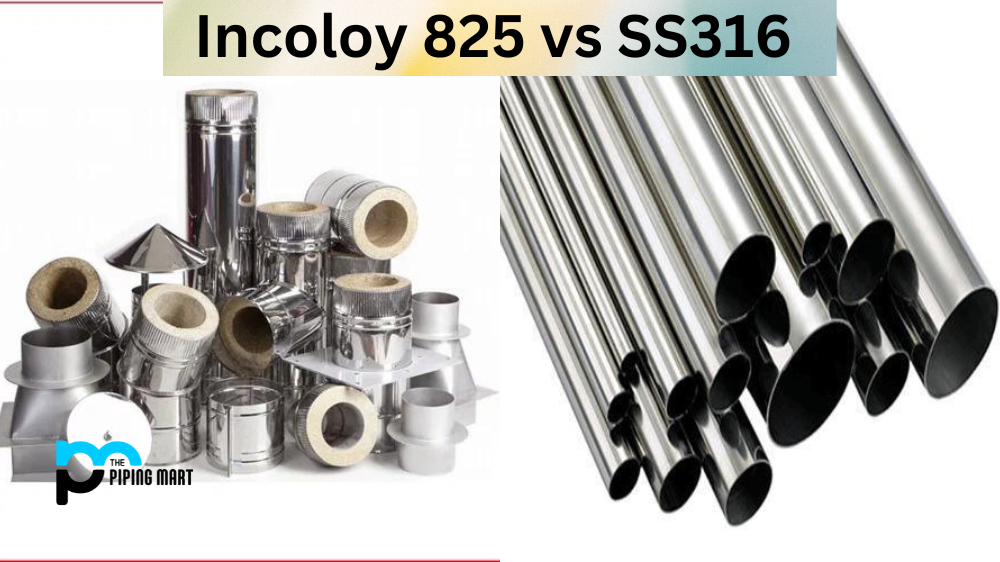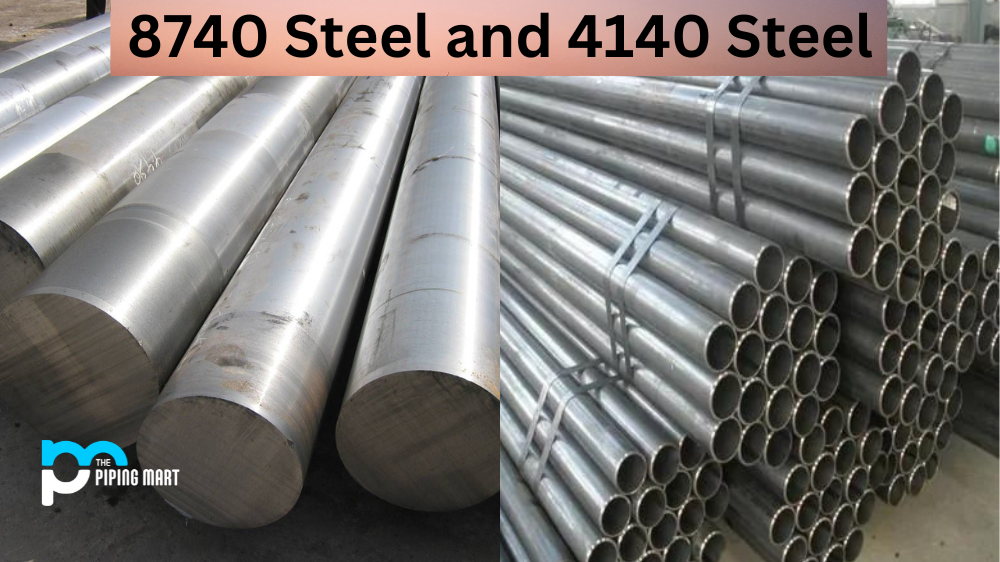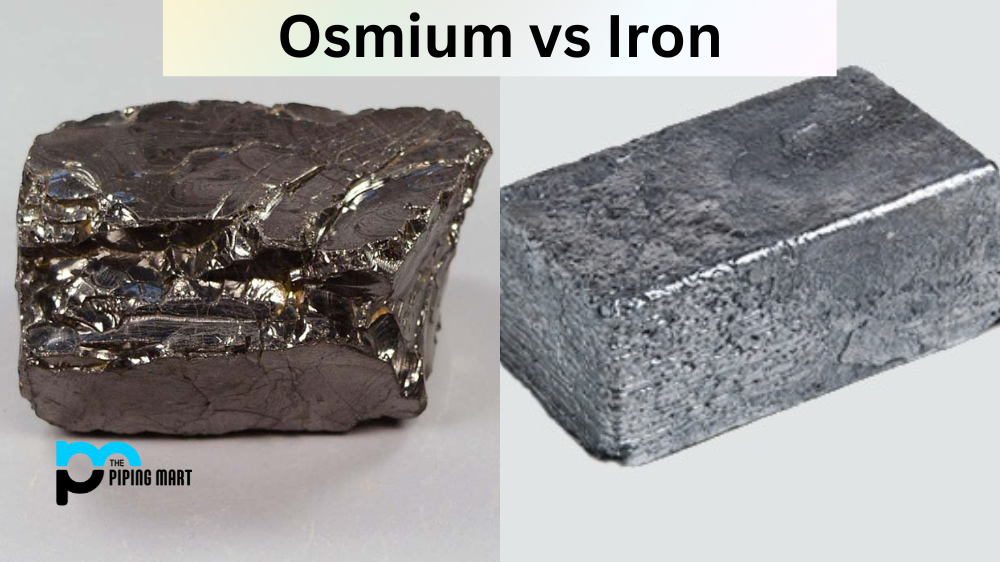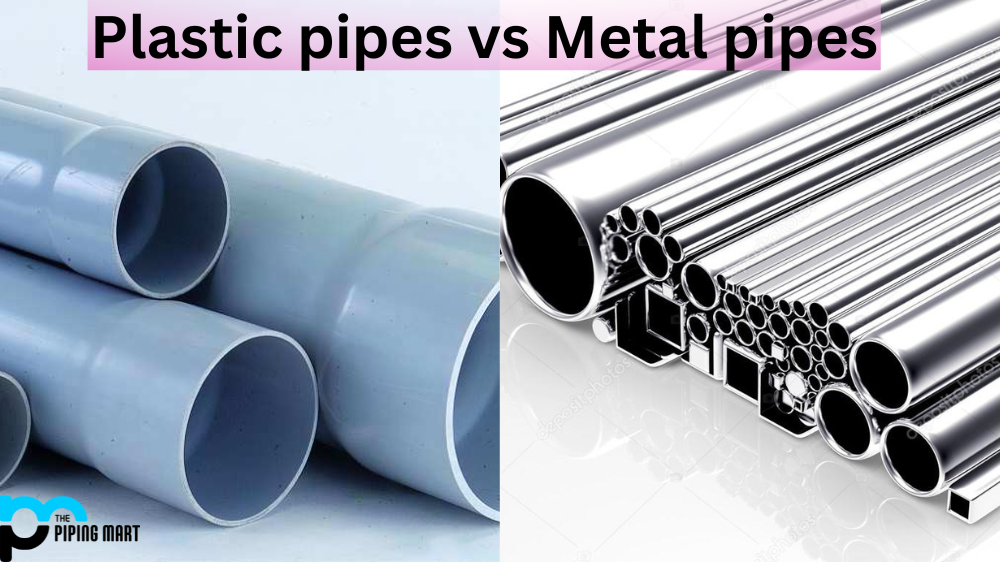Many options are available when choosing the right material for applications in corrosive environments. Two popular choices are Incoloy 825 and SS316. While both materials are corrosion-resistant and durable, some differences make one better suited for certain applications. This blog post will compare Incoloy 825 and SS316 and help you decide which material is best for your needs.
What is Incoloy 825?
Incoloy 825 is a nickel-iron-chromium alloy with molybdenum, copper and titanium additions. It is highly resistant to corrosion in reducing and oxidizing environments and is especially suited for sulfuric, phosphoric and acetic acids. Its resistance to pitting from chloride ion stress cracking makes it ideal for marine applications.
What is SS316?
SS316 is an austenitic stainless steel containing molybdenum, which increases its corrosion resistance. It provides excellent formability and weldability, making it highly versatile for various applications ranging from surgical instruments to chemical processing equipment. It’s high nickel and chromium content makes it extremely corrosion-resistant in acid- and chloride-rich environments.
Difference Between Incoloy 825 and SS 316
Corrosion Resistance
Incoloy 825 is a nickel-iron-chromium alloy with additional molybdenum, copper, and titanium. It resists various corrosive media such as sulfuric acid, phosphoric acid, and seawater. Moreover, it is resistant to stress corrosion cracking and pitting corrosion. On the other hand, SS316 is a stainless steel alloy containing molybdenum, enhancing its corrosion resistance. It is particularly suited for applications involving acetic acid, sulfuric acid, and hydrochloric acid. However, it is vulnerable to pitting corrosion in chloride environments.
Temperature Limits
Both Incoloy 825 and SS316 exhibit good performance at high temperatures. Incoloy 825 has a high-temperature limit of 870°C (1600°F), while SS316 can withstand temperatures up to 815°C (1500°F). However, Incoloy 825 is better suited for applications in extremely high-temperature environments, above 540°C (1000°F).
Weldability
In terms of weldability, SS316 is superior to Incoloy 825. SS316 can be easily welded using most conventional techniques, such as gas tungsten arc welding (GTAW), shielded metal arc welding (SMAW), and gas metal arc welding (GMAW). Incoloy 825, however, requires more care and preparation for welding and may be prone to cracking and other defects if not done properly.
Cost
Incoloy 825 is comparatively more expensive than SS316 due to its complex composition and high nickel content. However, it offers superior performance in environments where ordinary stainless steel components would fail due to corrosion.
Conclusion
Both Incoloy 825 and SS316 are excellent choices for applications in corrosive environments. The choice of material depends on the specific application requirements and operating conditions. Incoloy 825 is ideal for aggressive and highly corrosive environments, high-temperature applications, or resistance to stress corrosion cracking is essential. On the other hand, SS316 is ideal for applications requiring good resistance to general corrosion and pitting corrosion. It is also relatively more cost-effective than Incoloy 825. It is advisable to consult with a materials expert to choose the best material for your specific application needs.
Rachana is a dedicated and ambitious young woman who has made a name for herself in the metal industry. From her earliest days in the industry, Rachana showed a natural talent for problem-solving and a keen eye for detail. In her free time, She enjoys reading up on the latest advancements in the industry, as well as exploring new ways to innovate and improve upon existing processes.




